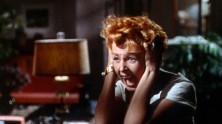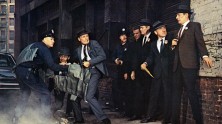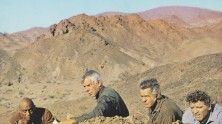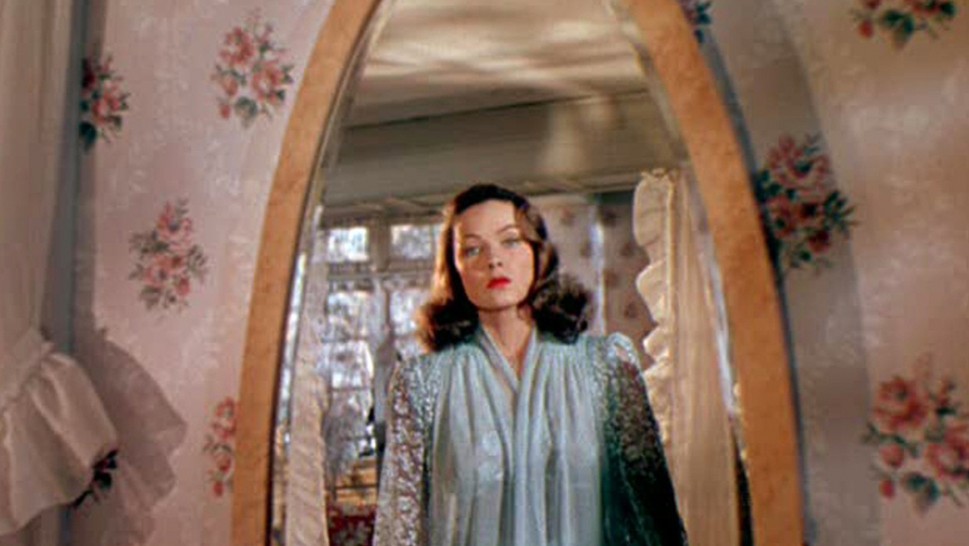
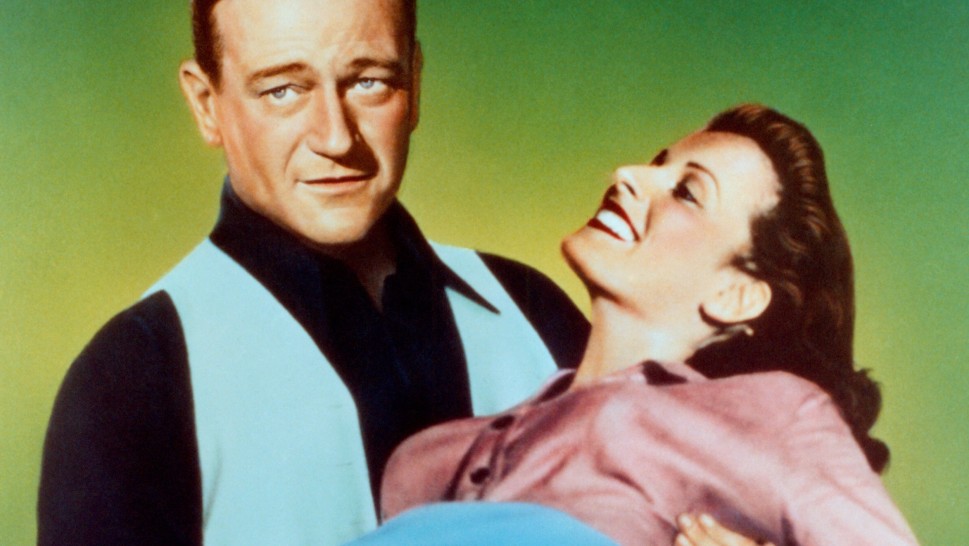

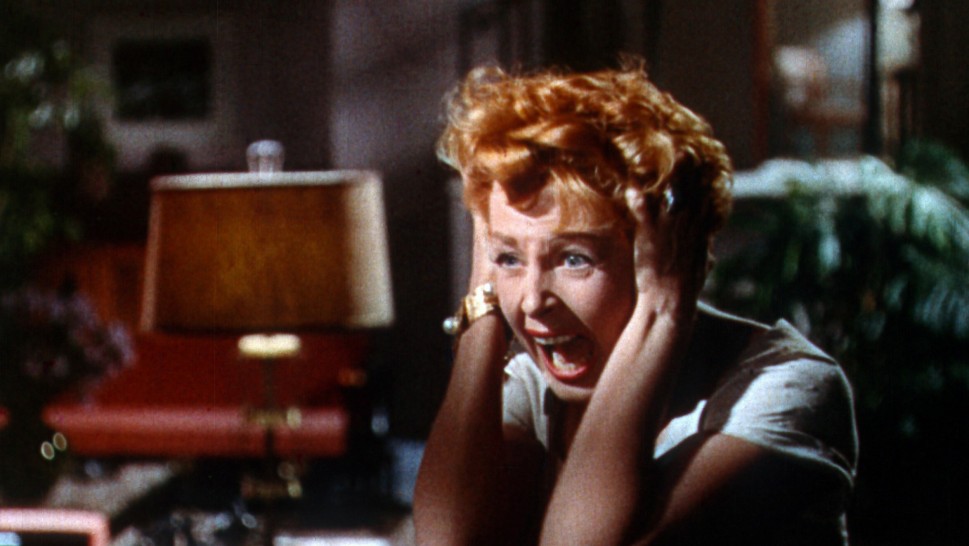
Technicolor Dreams
Hollywood's long-time quest for a stable color process was finally realized with the introduction of the three-strip Technicolor process in 1928. Technicolor was invented not in California, but rather in Cambridge, Massachusetts by two MIT graduates, Herbert Kalmus and Daniel Comstock, who named the process after their alma mater. A complex photographic procedure in which three separate color film strips, or matrices, are created – one each for blue, red and green – and then layered during printing, 3-strip Technicolor resulted in truly glorious color effects that quickly became the gold standard for "quality" studio productions. As an additive method in which organic dyes are added in the final printing stage, 3-strip Technicolor results in remarkably brilliant, saturated colors that are as durable and timeless as stained glass windows or illuminated manuscripts.
Although Technicolor remained an extremely expensive process in its early years, reserved for only the highest budgeted pictures during the 1930s, after the Second World War the technology became somewhat more affordable. As lower budgeted productions turned to Technicolor, the company loosened its once rigid requirement that Kalmus' wife, Natalie, serve as each film’s "color consultant." While films under Nathalie Kalmus' direction, such as The Adventures of Robin Hood, share a predilection for intense greens and reds – especially in women's lips – postwar films like Slightly Scarlet and, even more notably, Don Siegel's Madigan, often explore subtler yet equally striking color palettes.
To celebrate the art and artistry of studio-era Technicolor cinematography, the HFA presents a selection of great Technicolor pictures from the 1930s through the late 1960s, combining excellent quality vintage and newly restored prints.




